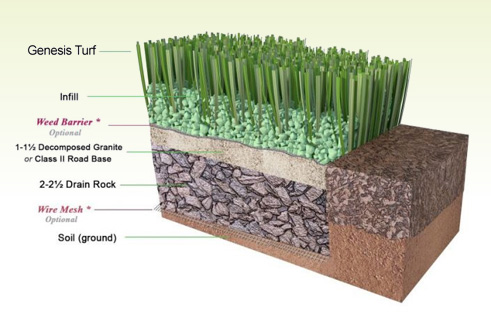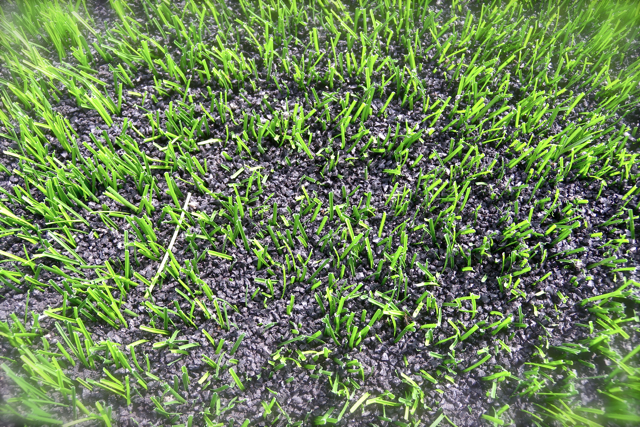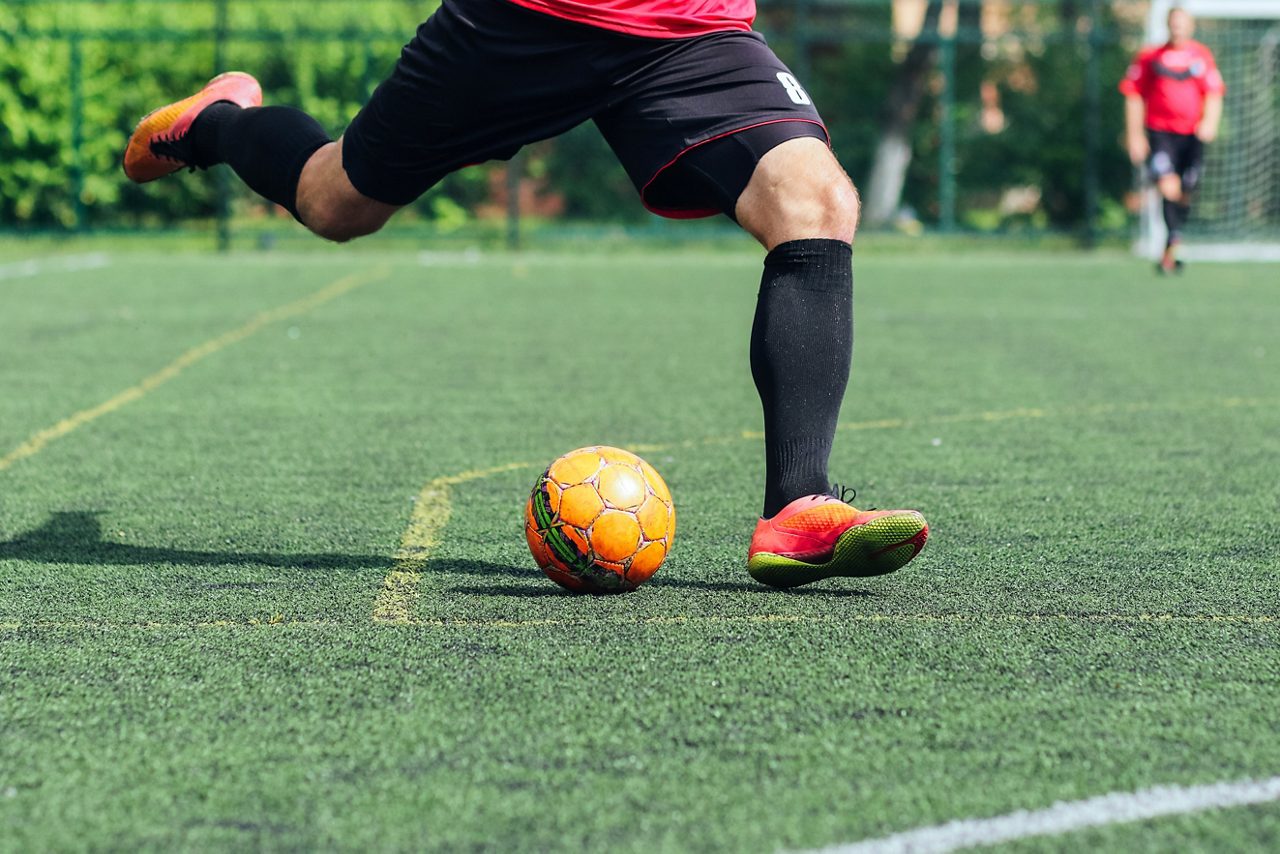Get a Ideal Lawn with Arizona Artificial Turf for Any Outdoor Space
Get a Ideal Lawn with Arizona Artificial Turf for Any Outdoor Space
Blog Article
Look Into the Environmental Conveniences of Opting for Synthetic Grass Solutions
The fostering of artificial lawn solutions offers an engaging possibility to attend to pushing environmental difficulties. By dramatically lowering water use and reducing the application of dangerous chemicals, these alternatives not only advertise lasting landscape design yet additionally protect local communities. Additionally, the reduced carbon impact related to reduced maintenance tasks adds to a much more sustainable approach to land management. The effects of these advantages extend past simple preservation efforts, elevating questions concerning their long-term effect on environment preservation and total environmental balance. Discovering these measurements exposes a complex interplay worth thinking about.
Water Conservation Conveniences
One of the most considerable benefits of fabricated grass is its ability to conserve water. In comparison, artificial turf does not need watering, substantially minimizing the general need for water sources.
By removing the requirement for regular watering, synthetic grass adds to lasting landscape techniques and aids mitigate the environmental influence of extreme water intake. The preservation of water extends to the reduction of drainage, which can lead to soil disintegration and waterway air pollution.
Additionally, the installment of man-made lawn permits towns and home owners to allocate water sources much more effectively, concentrating on important usages such as drinking water and agriculture. The change in the direction of synthetic grass not just promotes liable water usage but additionally lines up with more comprehensive ecological objectives aimed at preserving natural deposits.
As neighborhoods progressively focus on sustainability, the water conservation benefits of synthetic grass offer an engaging instance for its adoption in property and business landscaping jobs.
Reduced Chemical Usage
The transition to man-made lawn considerably reduces the dependence on chemical therapies typically made use of in natural turf upkeep. Typical turf management normally includes the application of pesticides, plant foods, and herbicides to advertise growth and control parasites. These chemicals can posture dangers to human health and wellness, neighborhood wild animals, and the environment, adding to dirt and water contamination.
In comparison, fabricated lawn gets rid of the requirement for these unsafe materials. When installed, it calls for marginal maintenance, mostly containing routine cleaning and irregular infill replenishment. This decrease in chemical use not only profits the instant setting yet likewise adds to broader ecological stability. By minimizing the launch of synthetic compounds right into the environment, synthetic turf advertises healthier dirt and water systems.
In addition, the absence of chemical overflow associated with synthetic grass installations helps secure regional waterways from contamination, supporting water life and preserving biodiversity. Phoenix turf companies. As neighborhoods increasingly focus on lasting practices, selecting fabricated turf offers a feasible solution that straightens with ecological preservation goals. Through this change, homeowner can take pleasure in lush eco-friendly areas without endangering eco-friendly health and wellness, paving the method for a much more lasting future
Lower Carbon Impact

Moreover, the installment of synthetic lawn can result in considerable water conservation. All-natural lawns call for considerable amounts of water for watering, which not just includes in the carbon footprint linked with water extraction and therapy yet likewise strains neighborhood water resources. In comparison, synthetic grass requires marginal upkeep, see here now calling for no watering, thus significantly minimizing water use and its associated energy prices.
In addition, the longevity of man-made lawn adds to its reduced carbon effect. With a life expectancy of as much as 15 years or even more, the need for regular substitutes is diminished, causing less waste and reduced energy usage in production and disposing of typical yard choices. In general, man-made lawn presents a sustainable alternative for eco conscious landscaping.
Habitat Preservation
Environment preservation is an important factor to consider in the argument over landscape design selections, specifically when comparing synthetic grass to all-natural grass. Natural turf yards typically need comprehensive maintenance, including making use of chemicals, herbicides, and fertilizers, which can detrimentally affect regional environments. These chemicals can leach right into the soil and rivers, harming indigenous flora and animals and interrupting local environments.
Man-made grass removes the need for dangerous chemicals, thereby safeguarding close-by wild animals and maintaining the stability of bordering communities. The installation of fabricated grass can lead to the conversion of previous yard areas right into even more biodiverse landscapes, such as pollinator gardens or indigenous plant areas, which can support local wildlife.
Eventually, the shift to man-made grass not just preserves water and lowers upkeep initiatives but also cultivates an extra unified connection between human tasks and the native environment, promoting habitat conservation in the process.
Long-Term Sustainability
Long-lasting sustainability is a vital element in reviewing the advantages of man-made lawn over traditional turf lawns. One of the most considerable advantages of fabricated lawn is its sturdiness; it can last up to 15-20 years with marginal upkeep, whereas natural yard needs frequent reseeding and substitute. This longevity minimizes the requirement for consistent resources, such as water, fertilizers, and chemicals, which are vital for maintaining a healthy and balanced turf yard.
Furthermore, artificial grass contributes to a click here to find out more decrease in carbon emissions related to lawn treatment equipment. Typical lawns usually need gas-powered mowers, trimmers, and blowers, every one of which add to air pollution. Turf installation phoenix az. In contrast, synthetic grass gets rid of the requirement for such tools, advertising a cleaner setting
Additionally, the manufacturing of synthetic grass significantly uses recycled materials, improving its sustainability account. As suppliers adopt environmentally friendly practices, the ecological footprint of synthetic grass remains to lessen.

Final Thought
The fostering of synthetic grass remedies offers substantial you can check here ecological advantages, including substantial water conservation, decreased reliance on damaging chemicals, and a reduced carbon impact. Moreover, synthetic grass help in maintaining all-natural environments by lessening land disturbance and promoting lasting sustainability via using sturdy products. Collectively, these factors underscore the potential of man-made grass to add positively to ecological wellness and use a feasible choice to conventional landscaping methods in an increasingly resource-conscious globe.
In contrast, man-made grass does not need watering, considerably decreasing the overall need for water resources. By reducing the release of synthetic substances right into the community, artificial grass promotes healthier dirt and water systems.
Moreover, the installation of fabricated lawn can result in considerable water conservation. In comparison, man-made lawn needs very little upkeep, needing no watering, therefore substantially reducing water usage and its linked power costs.

Report this page